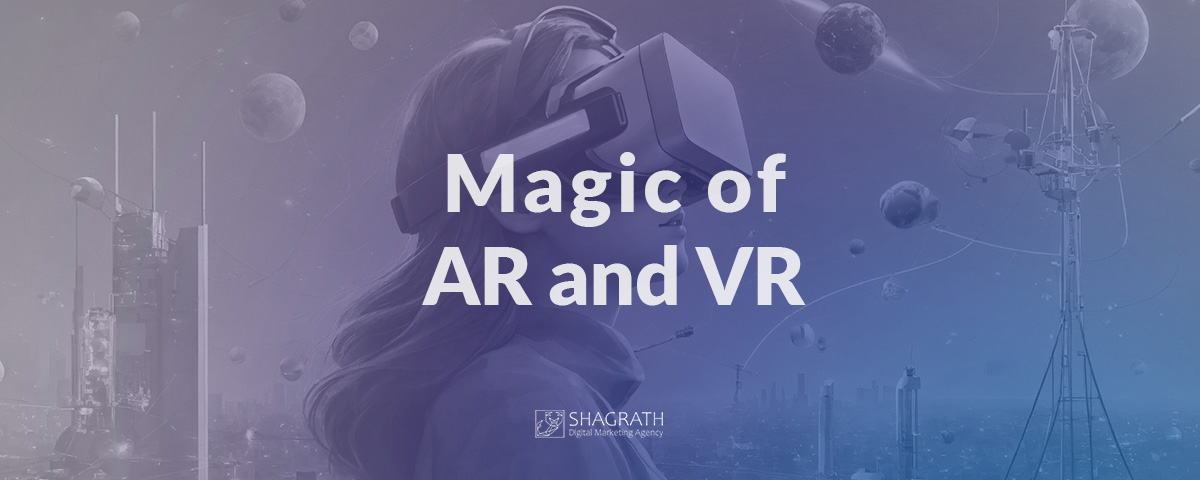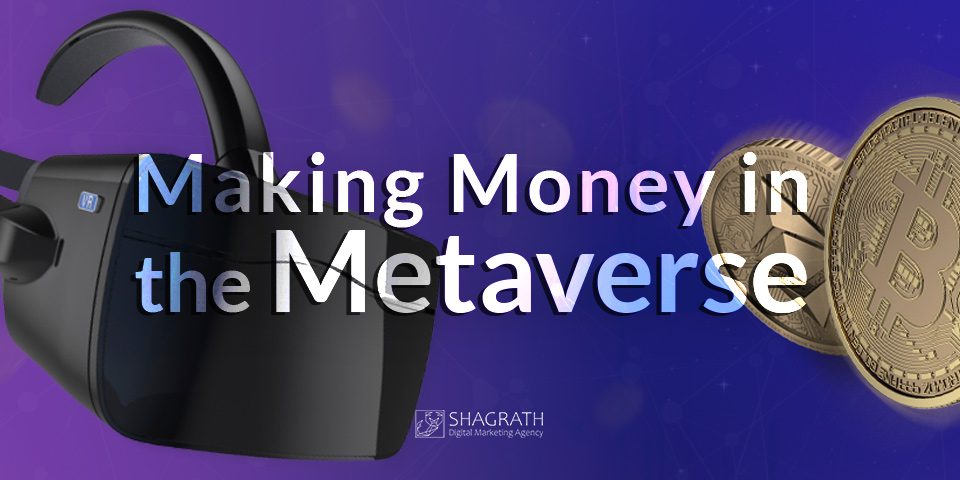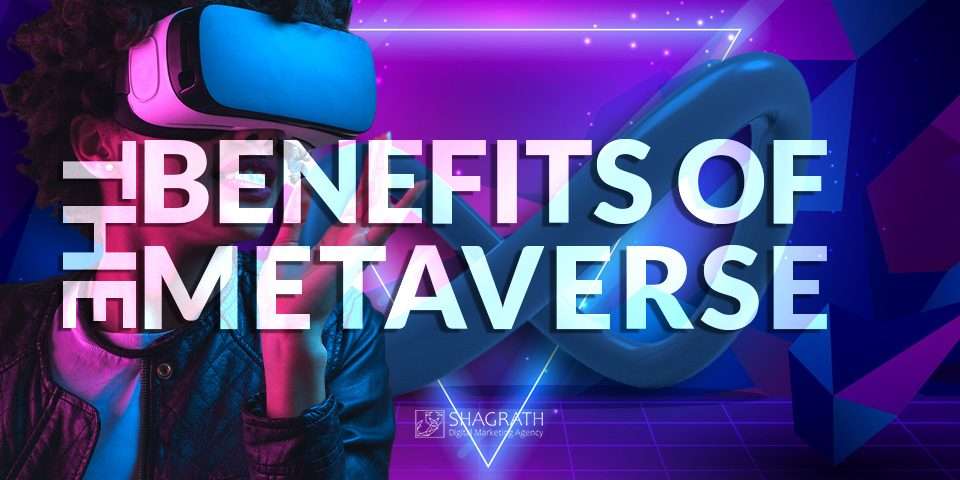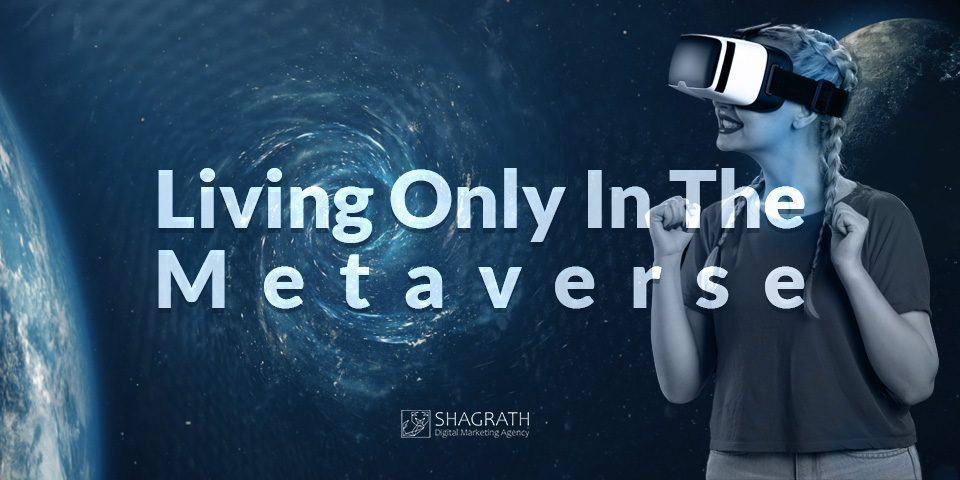
9 Ways of Making Money in the Metaverse
February 6, 2022The Immersive Magic of AR and VR Impact

This subject states the integration of Virtual Reality and Augmented Reality technologies in digital marketing strategies to create immersive experiences that engage and inspire customers in the ever-evolving digital marketing landscape.
Augmented Reality (AR) and Virtual Reality (VR) are no longer just futuristic ideas; they are already influencing our world. While immersive technologies have been widely used in gaming and entertainment, they are also beginning to revolutionize digital marketing. AR and VR technologies have enabled brands to create engaging and interactive experiences, providing new opportunities for marketers to connect with consumers and deliver high-value messages.

The IT industry has seen the integration of technologies like AI, machine learning, AR, and VR in various industries. During the pandemic, those who embraced these technologies gained an advantage by creating new business models. VR is popular in tourism, blurring the digital and physical worlds. As time passes, AR and VR are increasingly used in various industries, enhancing business processes and bridging the digital and physical worlds.
Understanding the Digital Wonderland of Augmented and Virtual Reality

Before we get into how AR and VR are transforming digital marketing, let’s first understand what these technologies are.
• Augmented Reality (AR):
AR adds virtual elements to our real-world environment. It augments the current reality with computer-generated elements such as images, sounds, or other data. Snapchat filters and the popular mobile game Pokémon Go are both examples of augmented reality technology.
• Virtual Reality (VR):
VR creates a fully immersive digital environment that excludes the physical world. Users can travel to a variety of real-world and imagined environments using VR devices such as the Oculus Rift or Google Cardboard.
AR and VR in Revolutionizing Digital Marketing
AR and VR technologies have the potential to change the way people interact with brands, making experiences more interactive and memorable.
• Product Visualizations:
AR allows customers to see products in their real-world environment before making a purchase. Furniture retailers, such as IKEA, use augmented reality to show customers how a piece of furniture would look and fit in their own home.
• Virtual Showrooms and Stores:
Virtual reality can be used to create immersive virtual showrooms that allow customers to thoroughly explore products without leaving their homes. Audi, for example, provides a VR experience in which customers can customize their dream car and view it from every angle.
• Interactive Ads: AR and VR can transform static advertisements into interactive experiences. For example, Pepsi Max created an unforgettable AR experience at a London bus stop, in which the real world was invaded by a variety of surreal scenarios, including an alien invasion and a roaring tiger.
• Enhanced Customer Experience:
Virtual reality can be used to provide unique customer experiences that cannot be replicated in the physical world. Marriott Hotels used virtual reality to transport guests to exotic destinations such as Hawaii’s beaches or downtown London.
• Training and education:
AR and VR can be used to provide immersive, real-world scenarios that improve learning. This can be used in content marketing to provide useful content that teaches consumers about a product or a related topic.
Transforming the Way We Interact

AR and VR are transforming the way customers interact with businesses and products. This leads to a more engaging and immersive experience. As previously stated, AR enables customers to overlay computer-generated images onto real-world views. This allows them to see how products would appear in their environment. This feature is extremely useful for customers purchasing furniture, accessories, and fashion items. Customers can see and feel products and services thanks to virtual reality (VR). This technology is ideal for companies in the tourism and hospitality industries because it allows customers to virtually visit hotels, resorts, or destinations. Let’s take a quick look at how AR and VR can improve customer experiences as well as business outcomes. AR combines real and digital worlds, enhancing customer interaction in retail, healthcare, and construction industries. 63% of online buyers believe AR will improve shopping experiences and increase conversion rates.
• Enhanced Decision-Making
AR enhances customer decision-making by providing an immersive experience, empowering informed choices, and providing valuable product information, reducing buyer remorse and enhancing product understanding.
• ‘Experience First, Purchase Later’
AR allows customers to virtually try products before purchasing, making it easier to make informed decisions and avoid costly mistakes in the cosmetics, clothes, and furniture industries.
• Engage and Delight
Implement interactive packaging with QR codes for detailed product information, enhancing customer engagement and satisfaction by providing easy access to dimensions, weight, and ingredients.
• Customers Satisfaction and Efficiency
AR empowers customers to self-service, reducing the need for support agents and enhancing product understanding, leading to fewer inquiries.
AR and VR as Tech Makeover

• Automotive:
BMW’s i Visualizer app allows customers to customize their cars in real time.
• Retail:
Ikea’s Place app allows customers to place virtual furniture in their homes.
• Beauty:
Sephora’s Virtual Artist and L’Oreal allow customers to try on makeup virtually.
• Healthcare:
AR aids surgeons in operating rooms with real-time guidance.
• Tourism:
British Museum uses VR for virtual tours of exhibits.
• E-Commerce:
Amazon uses AR for improved virtual shopping experiences.
• Education:
AR enhances traditional textbooks with animations, 3D models, and videos.

AR and VR technologies can enhance customer experience, boost employee productivity, and improve communication and collaboration. They can be used in remote offices for virtual meeting rooms, enhancing online meetings. Employers must find the right strategy to implement these technologies effectively, boosting customer loyalty and company profits. The widespread adoption of AR and VR technologies, as seen in daily use cases and impacts at an IT consulting company, is expected to significantly alter business and communication practices.
The Roadblocks in Augmented and Virtual Reality

AR and VR offer opportunities for marketers, but face challenges like high development costs, specialized hardware, and user learning curves. As technology advances, these challenges will decrease. Innovative use of these technologies can create engaging brand experiences, drive conversions, and strengthen customer relationships, providing competitive advantages. AR and VR are emerging technologies in digital marketing, offering interactive and personalized customer experiences. Despite their relatively new nature, marketers should explore them today to fully leverage their potential.





